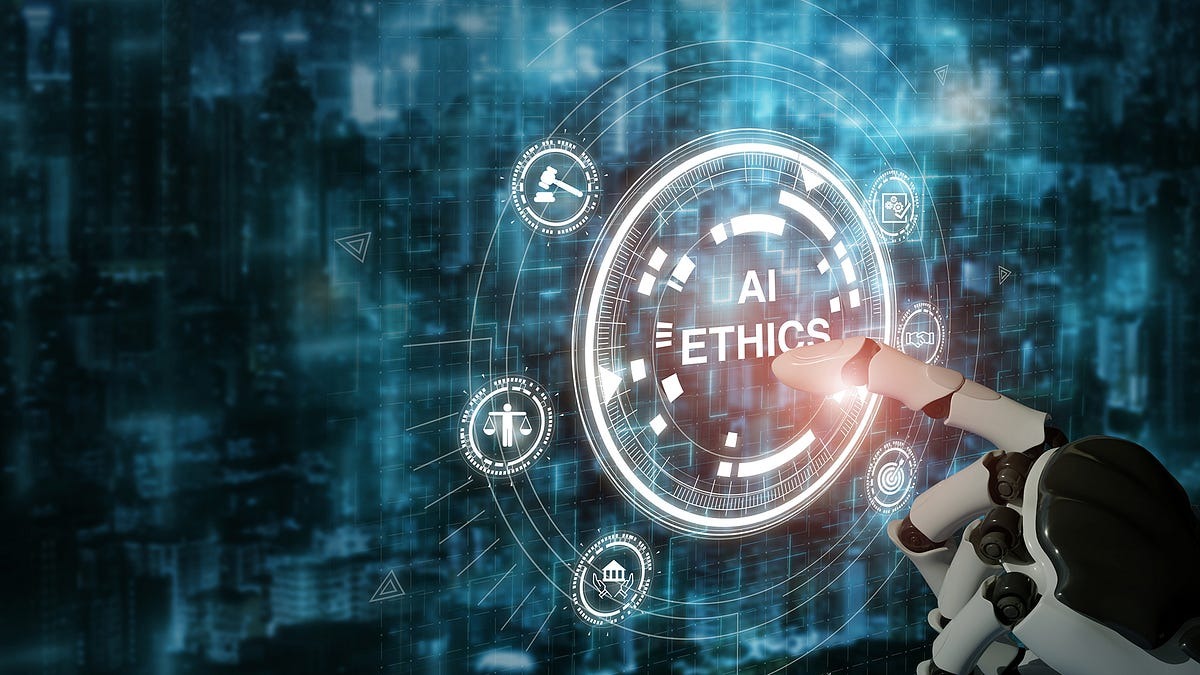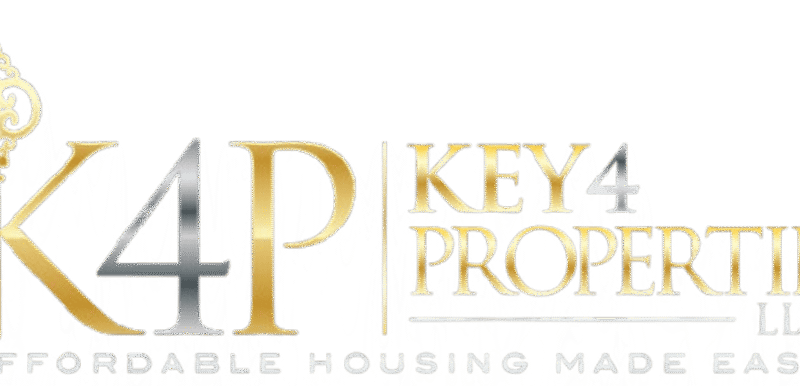Using AI to Forecast Ethical Dilemmas in Autonomous Systems

Introduction: The Uncharted Ethical Terrain of Autonomous Decision-Making
As artificial intelligence continues to assume more decision-making responsibilities—whether behind the wheel of a self-driving car or within a life-saving healthcare device—it enters a moral landscape riddled with ambiguity. These machines are not just processing data; they’re navigating human values, often in high-stakes environments. A new frontier in AI research is emerging: the proactive forecasting of ethical dilemmas before they arise. By anticipating complex, edge-case scenarios where moral judgment is required, AI systems can be trained to make more context-aware, ethically sound choices. This approach is particularly compelling for learners of an Artificial Intelligence course in Chennai, where the intersection of AI design, safety, and societal trust is becoming an increasingly vital part of technological discourse.
What Constitutes an Ethical Dilemma in AI?
In human ethics, a dilemma typically involves a conflict between two morally acceptable outcomes where choosing one results in the compromise of another. For autonomous systems, such dilemmas may involve:
- A self-driving car choosing between swerving to avoid a pedestrian, but risking harm to passengers
- An AI diagnostic system recommending a treatment with unknown side effects under urgency
- A drone being asked to intervene in a conflict zone without perfect information
These are not engineering problems alone. They are layered with legal, cultural, and philosophical complexity. And most critically, these edge cases often go undetected during conventional training procedures, which focus on the most probable scenarios—not the ethically ambiguous ones.
The Case for Forecasting: Why Wait for a Crisis?
Today’s autonomous systems typically respond to ethical dilemmas when they occur—if at all. However, this reactive approach is insufficient in real-world deployment, where consequences are irreversible. Ethical forecasting uses simulated, synthetic, or hypothetical data to identify latent moral scenarios before they are encountered in the field.
This shift from reaction to anticipation parallels the move from traditional rule-based programming to machine learning. Just as predictive analytics forecast consumer behaviour, ethical foresight frameworks aim to forecast moral complexity. The goal is not to predict the exact future, but to outline potential grey zones so that design choices can be made in advance.
One relevant analogy is the aviation industry. Pilots are trained using flight simulators that introduce rare but critical edge cases. Similarly, AI can be exposed to ethical simulations to strengthen its decision-making muscle in uncertain conditions.
Conceptual Framework: Layers of Ethical Forecasting
A useful framework for ethical dilemma forecasting in AI can be thought of in three layers:
- Scenario Generation Layer
This involves identifying plausible edge cases from real-world data, fiction, regulatory cases, or imagination. For instance, creating synthetic situations where a delivery drone must choose between property damage and human injury. - Moral Taxonomy Layer
Here, moral scenarios are categorised based on frameworks such as utilitarianism (greatest good), deontology (duty-based), or virtue ethics (character-oriented). This layer helps AI understand not only what decisions are possible, but why they matter. - Model Evaluation Layer
Once exposed to dilemmas, models are evaluated on consistency, transparency, and explainability of their ethical decisions. This is where interpretability tools come in—allowing developers and stakeholders to ask, “Why did the AI choose this outcome?”
These layers ensure that ethical dilemmas are not just recognised but understood, weighted, and prepared for—conceptually and computationally. This framework is increasingly being discussed in top-tier academic programmes, and for those pursuing an Artificial Intelligence course in Chennai, it offers a valuable bridge between technical knowledge and ethical competence.
Applications in Self-Driving Cars and AI Healthcare
Let’s explore two major sectors where ethical forecasting is not a luxury, but a necessity.
- Autonomous Vehicles (AVs)
The classic “trolley problem” becomes tangible when an AV must decide whom to save in a crash. By forecasting such dilemmas, AV companies can pre-define ethical parameters based on policy, geography, or consumer preferences. A car driving in Germany might follow a different moral logic than one operating in Japan, owing to cultural values or legal frameworks. - Healthcare AI
In hospital triage systems, AI may be asked to allocate limited resources—ventilators, ICU beds, or surgeries. Forecasting dilemmas related to age, disability, or economic status becomes crucial. It allows hospitals to make policy-aligned, ethically consistent AI decisions during crises, rather than relying on last-minute configurations.
In both cases, AI becomes not just a tool but a stakeholder in moral reasoning. Designing for this reality means embedding ethics into AI architecture itself.
Challenges in Forecasting Ethical Dilemmas
Despite its promise, this field is not without difficulty:
- Value Alignment: Whose ethics should be used to train the model? Societies vary, and values are not universal.
- Computational Representation of Ethics: Translating nuanced human moral principles into machine-readable logic remains a profound challenge.
- Bias in Dilemma Generation: Even forecasting can introduce bias if scenarios reflect skewed assumptions or limited perspectives.
- Over-Engineering: Attempting to account for every potential ethical edge case may lead to overly complex models that are hard to interpret or deploy.
Hence, ethical forecasting must be agile, inclusive, and interpretable, rather than exhaustive.
Collaborative Pathways: Who Should Be Involved?
Ethical forecasting is not the job of data scientists alone. It demands a multidisciplinary collaboration involving:
- Philosophers and ethicists to craft moral taxonomies
- Domain experts to propose realistic edge scenarios
- Policy-makers to validate legal compliance
- Engineers to embed forecasting in system architecture
Some universities have begun offering cross-disciplinary AI ethics labs where such collaborations occur in real time. Learners should actively seek opportunities to engage in these interdisciplinary forums, either through electives, internships, or hackathons.
Conclusion: Designing for the Moral Unknown
As autonomous systems gain decision-making authority in society, ethical forecasting becomes not just a technical challenge but a moral imperative. Rather than hoping AI will act responsibly in unpredictable scenarios, we must train it to expect the unexpected—and evaluate its behaviour when the rules don’t clearly apply.
Just as meteorologists use models to predict storms, AI designers must use simulated dilemmas to predict moral turbulence. Only then can we build machines that are not only intelligent but also ethically reliable.
Professionals who engage in an Artificial Intelligence course in Chennai are uniquely positioned to lead this evolution—from coding logic to encoding values, from deploying systems to anticipating their consequences.



